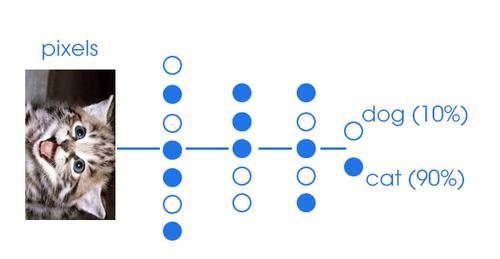Grocery shopping is a time-consuming activity, especially in todays frantic world where time is of essence to most people. The rise of both partners in a household having stable jobs minimises the time available to do groceries even further. According to market research by US company Time Institute, the average customer spends 41 minutes in a store. Considering the 9 to 5 workday, that takes up almost 5% of your remaining day if you include the hours you spend sleeping. On top of that, sorting your food, preparing it, eating it, and cleaning up will amount to some 3 hours and 27 minutes according to the Organization for Economic Cooperation and Development. Wouldn’t it be very convenient if you could cut those hours by the time spent doing groceries?
This is what Internet retailers such as HelloFresh are offering. They provide an array of meal plans for individuals, partners, and families, and have weekly changing menus for a variety of food options. Of course they do not actually cook the meal or clean up for you, however they will eliminate your task of having to go out, buy food, and come back. As you would probably guess, this is offered for a premium price, but are consumers willing to spend this extra money for the convenience? And furthermore, is it sustainable to deliver fresh groceries?
If we look at the retail giant Amazon, we can apply the same to a slightly different concept – food delivery, not meal delivery. Its services are already in full operation in the United States and the United Kingdom. An expansion is also planned for Germany, Amazons biggest market in Europe. However, the business model has one major downside that newcomers could not cope with: it is barely a break-even operation. Giants such as Amazon can handle losing out or breaking even in a business model, especially when it comes with positive network effects. Shoppers that are Amazon Fresh customers automatically receive everything Amazon Prime users do as well. Thus they are very likely to contribute to other non-grocery item orders.
Newcomers that step right into the game, offering online groceries and meals only, have the disadvantages that they do not posses a network yet, nor can they leverage losses. This makes it very attractive for consumers to turn to Amazon for example instead of going to HelloFresh.
Nevertheless, this puts traditional grocers at risk because the in-store grocery shopping is increasingly being replaced by online orders. I believe soon enough we could come to a point where grocery stores do not sell non-perishable and non-food products anymore (to say the least), but merely fresh items such as meats, fruits, and vegetables (if it still remains profitable for them to do so), whilst online grocers will take care of the rest.
The grocery shopping industry is in the end still very inefficient when you look at all the points at which groceries can be traced back to. The documentary FoodInc from Netflix states that the average distance a meal travels before it ends in a grocery store in the US is something like 1,200 miles (if I remember correctly). Cutting out the traditional grocer could be a method to reduce that travel distance of food, or at the very least speed up the time it takes for an item to reach your kitchen at home.

